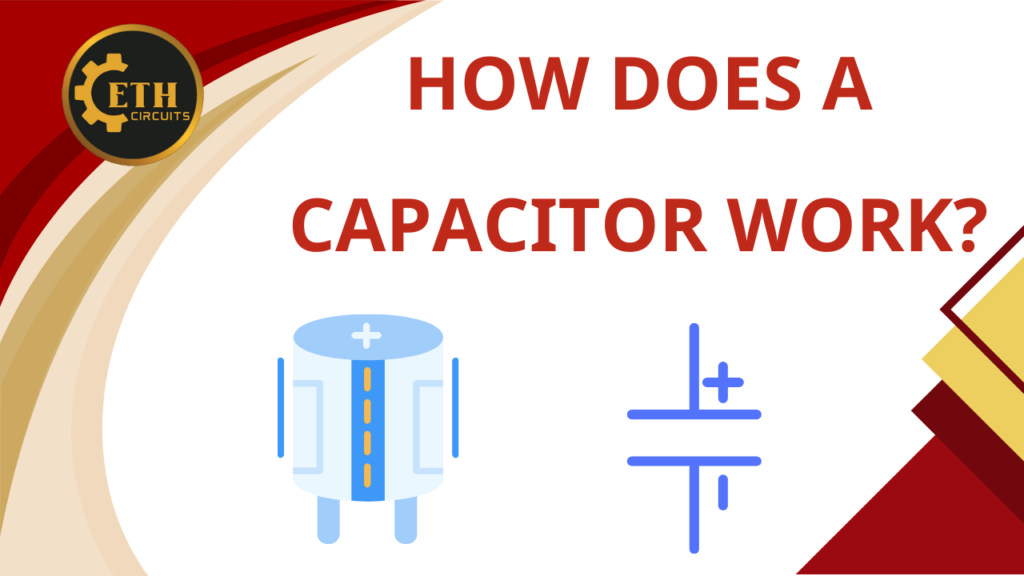How Does a Capacitor Work?

How Does a Capacitor Work? Understanding the Basics
Capacitors, often referred to as “condensers,” are essential components in electronic circuits. They are devices that store electrical energy in an electrostatic field. This ability to store and release energy makes them invaluable in various applications, from power supplies to signal processing.
The Anatomy of a Capacitor
A capacitor typically consists of two conductive plates separated by an insulating material known as a dielectric. The dielectric can be made from various materials, including air, paper, ceramic, and electrolytic substances. The specific choice of dielectric determines the capacitor’s capacitance, which is a measure of its ability to store charge.
How Capacitors Store Energy
When a voltage is applied across the terminals of a capacitor, electric charges accumulate on the plates. The positive charges accumulate on one plate, while the negative charges accumulate on the other. The dielectric between the plates prevents these charges from directly contacting each other. As the charges build up, an electrostatic field is created between the plates. This field stores potential energy.
Capacitance: The Key to Storage
The capacitance of a capacitor is directly related to its ability to store energy. A capacitor with a higher capacitance can store more charge for a given voltage. The capacitance is influenced by several factors, including:
- Plate area: Larger plates can store more charge.
- Plate separation: Smaller plate separation increases capacitance.
- Dielectric material: Different dielectric materials have varying permittivities, which affect capacitance.
Charging and Discharging a Capacitor
When a capacitor is connected to a voltage source, it charges. The voltage source pushes electrons onto one plate of the capacitor, creating a positive charge. At the same time, electrons are removed from the other plate, creating a negative charge. The charging process continues until the voltage across the capacitor equals the voltage of the source.
Once a capacitor is fully charged, it can be discharged. This occurs when a conductive path is provided between the two plates. The excess electrons on the negative plate flow to the positive plate, neutralizing the charges and releasing the stored energy.
Applications of Capacitors
Capacitors have a wide range of applications in electronics. Some common uses include:
- Power supplies: Capacitors are used to smooth out voltage fluctuations and provide a stable power supply.
- Signal processing: Capacitors are used in filters, oscillators, and other circuits to shape and manipulate signals.
- Energy storage: Capacitors can be used to store energy for short periods, such as in flash photography or electric vehicles.
- Timing circuits: Capacitors are used in combination with resistors to create timing circuits, such as oscillators and timers.
- Decoupling: Capacitors are used to bypass high-frequency noise and stabilize the power supply to integrated circuits.
Types of Capacitors
There are many different types of capacitors, each with its own unique characteristics and applications. Some common types include:
- Ceramic capacitors: These capacitors are made from ceramic materials and are known for their high capacitance and stability.
- Electrolytic capacitors: These capacitors have a polarized nature and are often used in power supply applications.
- Tantalum capacitors: These capacitors are known for their high capacitance and low leakage current.
- Paper capacitors: These capacitors are made from paper and are often used in audio and RF applications.
- Mica capacitors: These capacitors are known for their high stability and low temperature coefficient.
Conclusion
Capacitors are essential components in electronic circuits. Their ability to store and release electrical energy makes them invaluable in a wide range of applications. By understanding the basic principles of how capacitors work, you can better appreciate their role in modern electronics.
